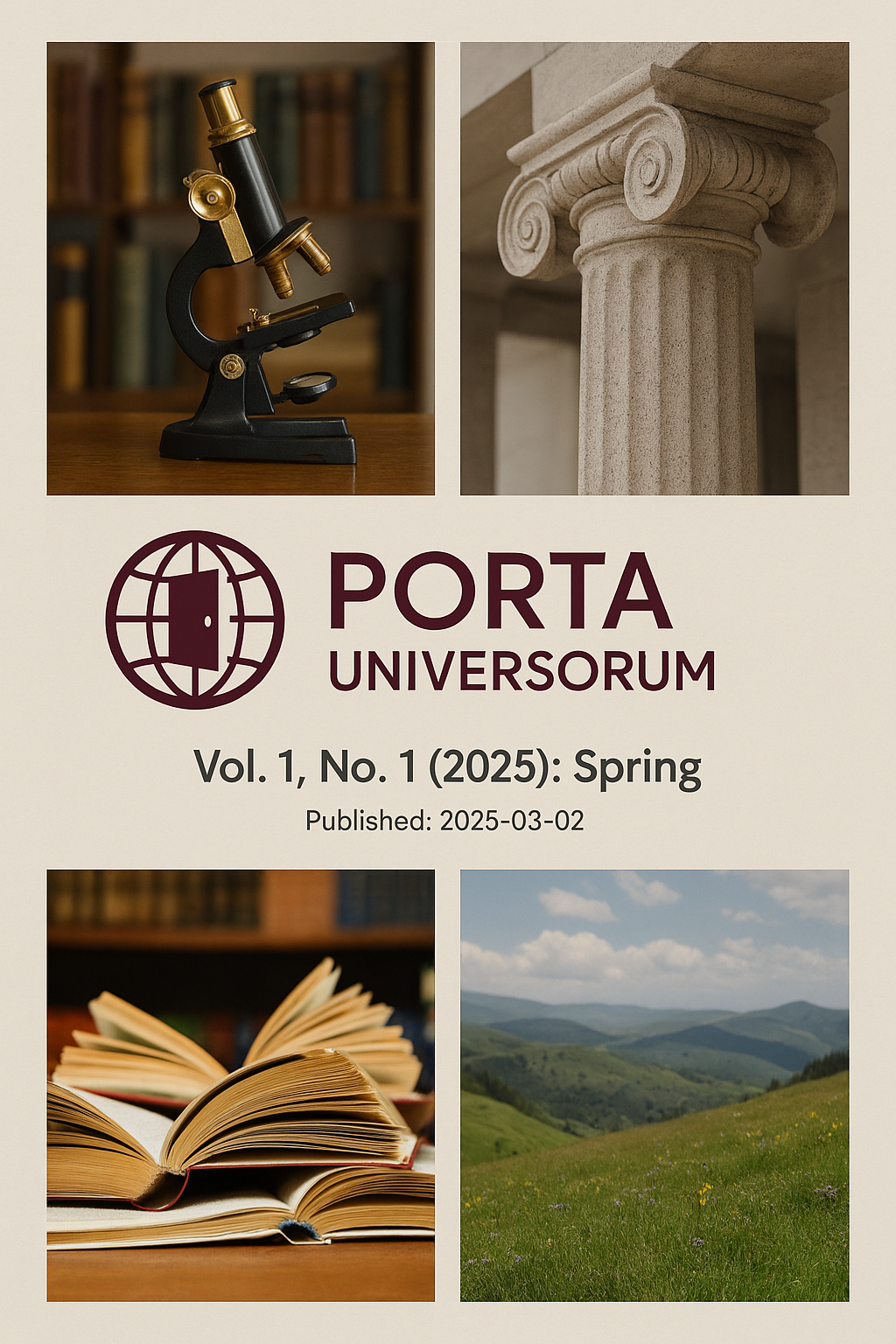Practical Classroom Techniques for Successful CLIL Implementation
DOI:
https://doi.org/10.69760/6q8nqn08Keywords:
CLIL, integrated learning, scaffolding, interactive techniques, bilingual educationAbstract
This article explores practical classroom techniques for effective CLIL (Content and Language Integrated Learning) implementation. It presents a structured approach that integrates content objectives with language development through clear lesson planning, targeted vocabulary support, interactive and collaborative activities, and tailored differentiation and scaffolding strategies. Emphasis is placed on the importance of establishing measurable learning objectives and embedding assessment and feedback mechanisms to continuously refine instructional practices. The discussion includes specific examples and references to recent studies, providing educators with a comprehensive framework to enhance both academic and linguistic outcomes. By fostering an inclusive and dynamic learning environment, the techniques outlined serve as a guide for educators to bridge the gap between subject content and language acquisition, ultimately leading to enriched educational experiences and empowered learners.
References
Bárcena-Toyos, P. (2020). Teachers’ classroom practices to achieve integration of content and language in CLIL. NABE Journal of Research and Practice, 10(3-4), 94-106.
De Graaff, R., Jan Koopman, G., Anikina, Y., & Westhoff, G. (2007). An observation tool for effective L2 pedagogy in content and language integrated learning (CLIL). International Journal of Bilingual Education and Bilingualism, 10(5), 603-624.
Massler, U., Ioannou-Georgiou, S., & Steiert, C. (2011). Effective CLIL teaching techniques. Guidelines for CLIL implementation in primary and pre-primary education, 66.
Meyer, O. (2010). Towards quality CLIL: successful planning and teaching strategies. Pulso: revista de educación, (33), 11-29.
OGLU, H. A. H. (2023). Task-based teaching, learning, and assessment in ELT: A case study of innovative practices. International Journal of Philosophical Studies and Social Sciences, 3(5), 25-33.
Ruiz de Zarobe, Y. (2015). The effects of implementing CLIL in education. Content-based language learning in multilingual educational environments, 51-68.
Thi Thuy, L. N. (2016). Reconsidering the first steps of CLIL implementation in Vietnam. European Journal of Language Policy, 8(1), 29-56.
Wang, M., Muñoz, K. E., & Yang, W. H. (2024). What happens to CLIL teachers in classrooms after professional development? A transformation of conceptualising CLIL approach and language instructional strategies. English Teaching & Learning, 1-17.
Downloads
Published
Issue
Section
License
License Terms
All articles published in Porta Universorum are licensed under the Creative Commons Attribution–NonCommercial 4.0 International License (CC BY-NC 4.0). This license permits:
-
Sharing (copying and redistributing the material in any medium or format),
-
Adapting (remixing, transforming, and building upon the material),
-
for non-commercial purposes only,
-
with proper attribution to the original author(s) and source.
Commercial use of the material is not permitted without prior written permission from the publisher.




